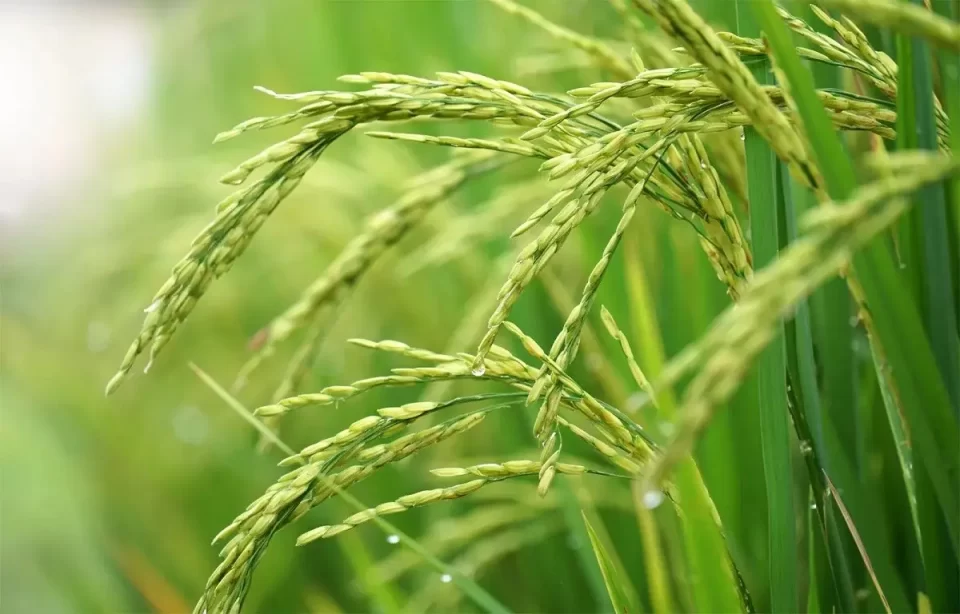The second most abundant element in the earth’s crust is silicon (Si). It is not considered an essential nutrient, but it is beneficial to crop growth, particularly in Phocaea crops. Plant shoot Si concentration varies greatly between species, ranging from 0.1 to 10% Si by dry weight.
Si is present in the soil solution as Monosilicic acid and Polysilicon acid. It combines with organic and inorganic compounds such as aluminum oxides and hydroxides to form complexes. Si is not a very mobile element for plants in soil.
Factors Affecting The Solubility Of Silicon In The Soil
- The particle size of the silicon fertilizer
- Soil acidity (pH)
- Organic complexes
- Presence of aluminum (Al), iron (Fe), and phosphate ions
- Dissolution reactions and soil moisture.
Role Of Silicon In Rice
- Si is a beneficial element for plant growth and is agronomically essential for improving and sustaining rice productivity.
- Si has many fold advantages of increasing nutrient availability (N, P, K, Ca, Mg, S, Zn), decreasing nutrient toxicity (Fe, P, Al), and minimizing biotic and abiotic stress in plants. Hence, the application of Si to soil or plant is practically useful in laterite-derived paddy soils, not only to increase yield but also to alleviate the Fe toxicity problems.
- Si increases the mechanical strength of the culm, thus reducing crop lodging (Savant et al., 1997).
Beneficial Effects Of Silicon On Rice
- Decreases Lodging- Si in rice shoots enhanced the thickness of the culm wall and the size of the vascular bundles which result in a reduction in lodging.
- Increases crop growth and yield- Si promotes growth, strengthens culms, favors early panicle formation, increases the number of spirelets per panicle and percentage of matured rice grains, and helps to maintain erect leaves which are important for the higher rate of photosynthesis.
- Improves availability of applied nutrients-
Phosphorus– The application of calcium silicate to highly weathered soils enhanced upland rice response to applied phosphate. The overall beneficial effect of Si may be attributed to a higher P: Mn ratio in the shoot due to the decreased manganese and iron uptake, and thus indirectly improved phosphorus utilization within the rice plants.


